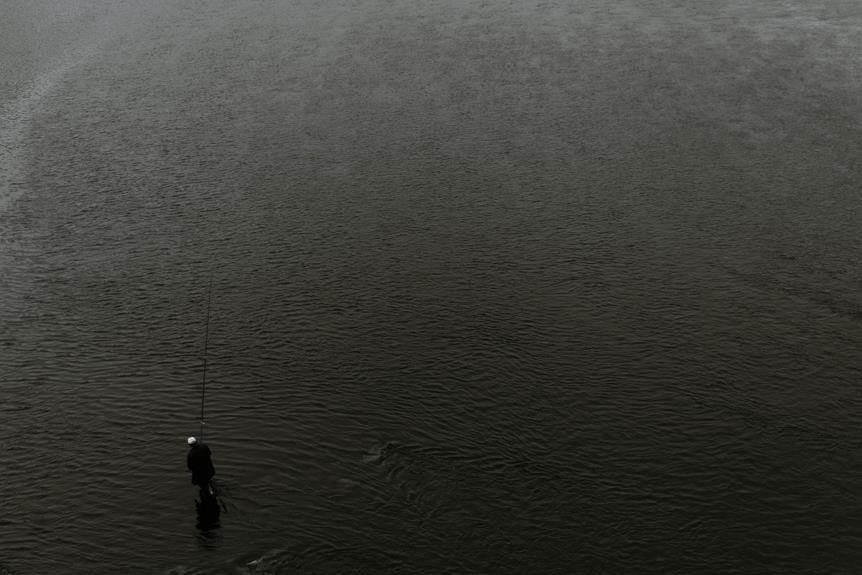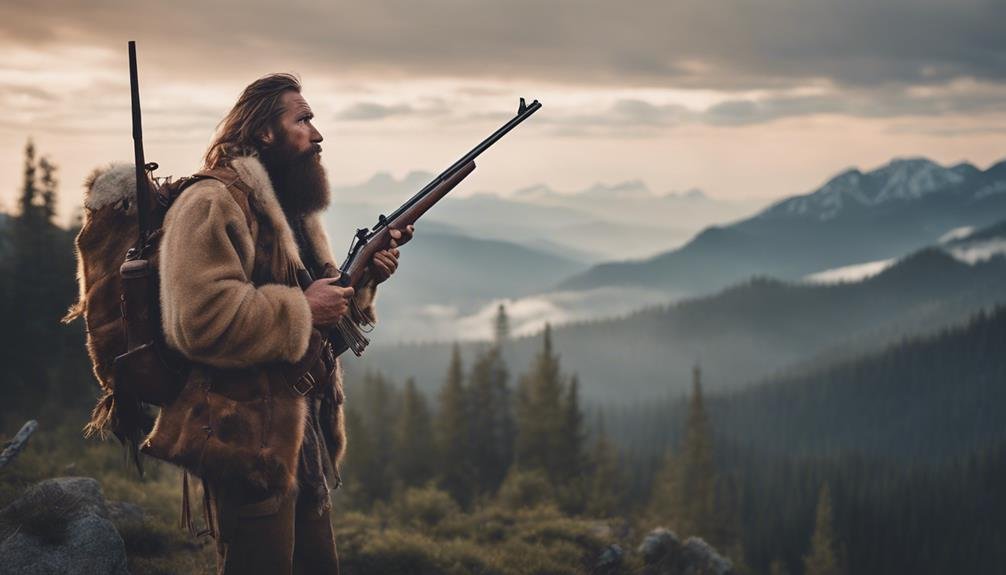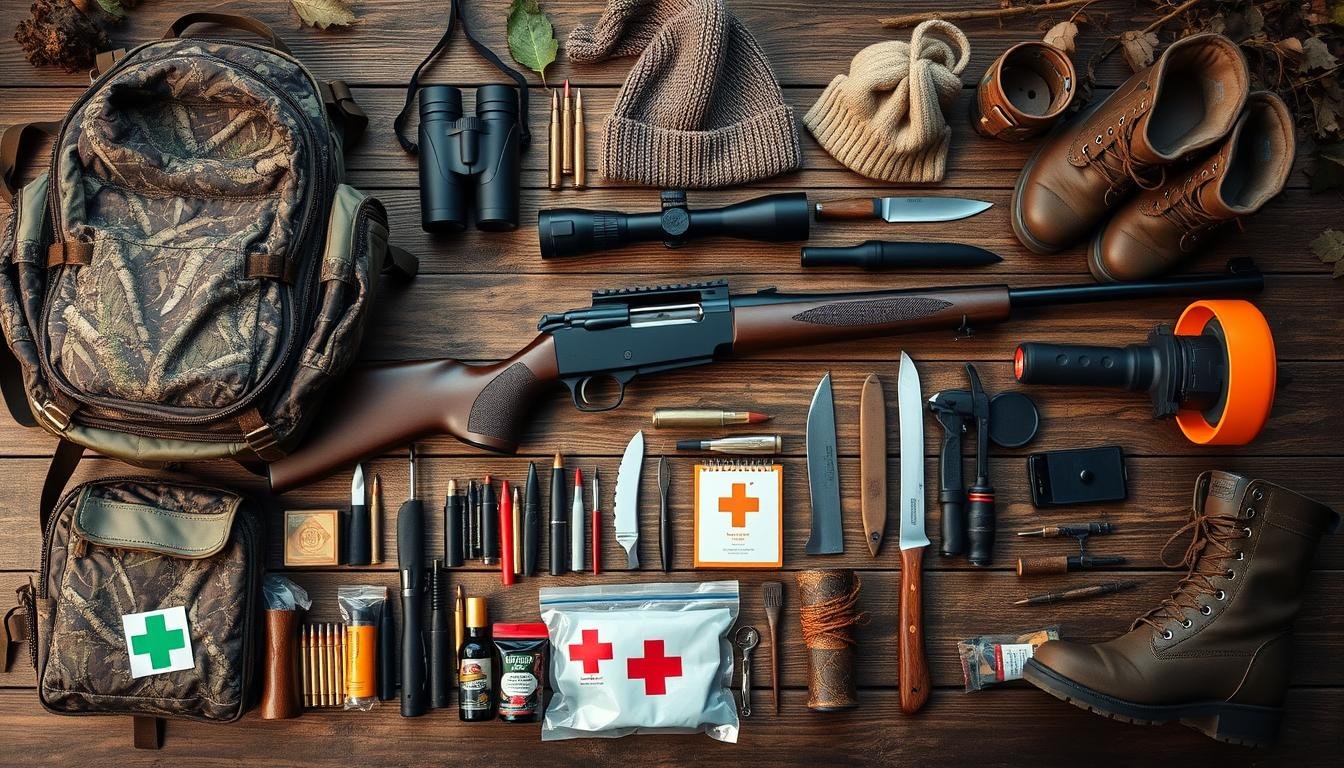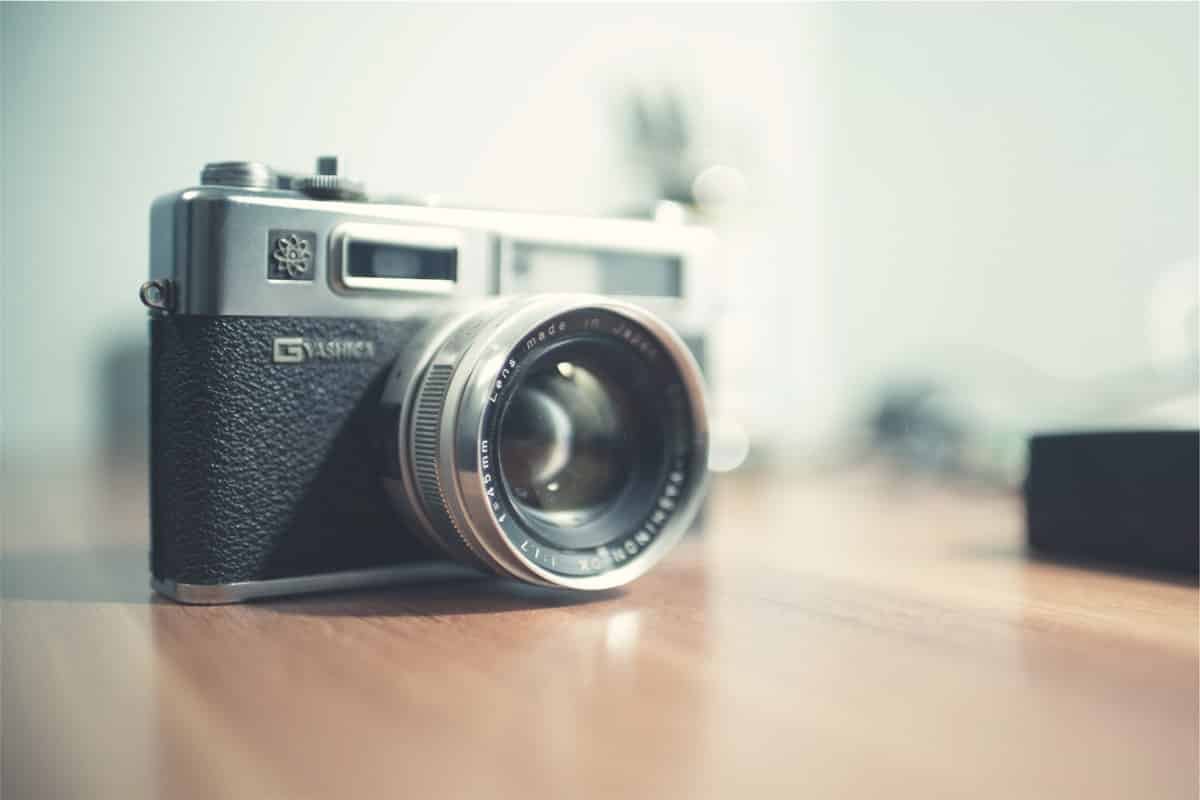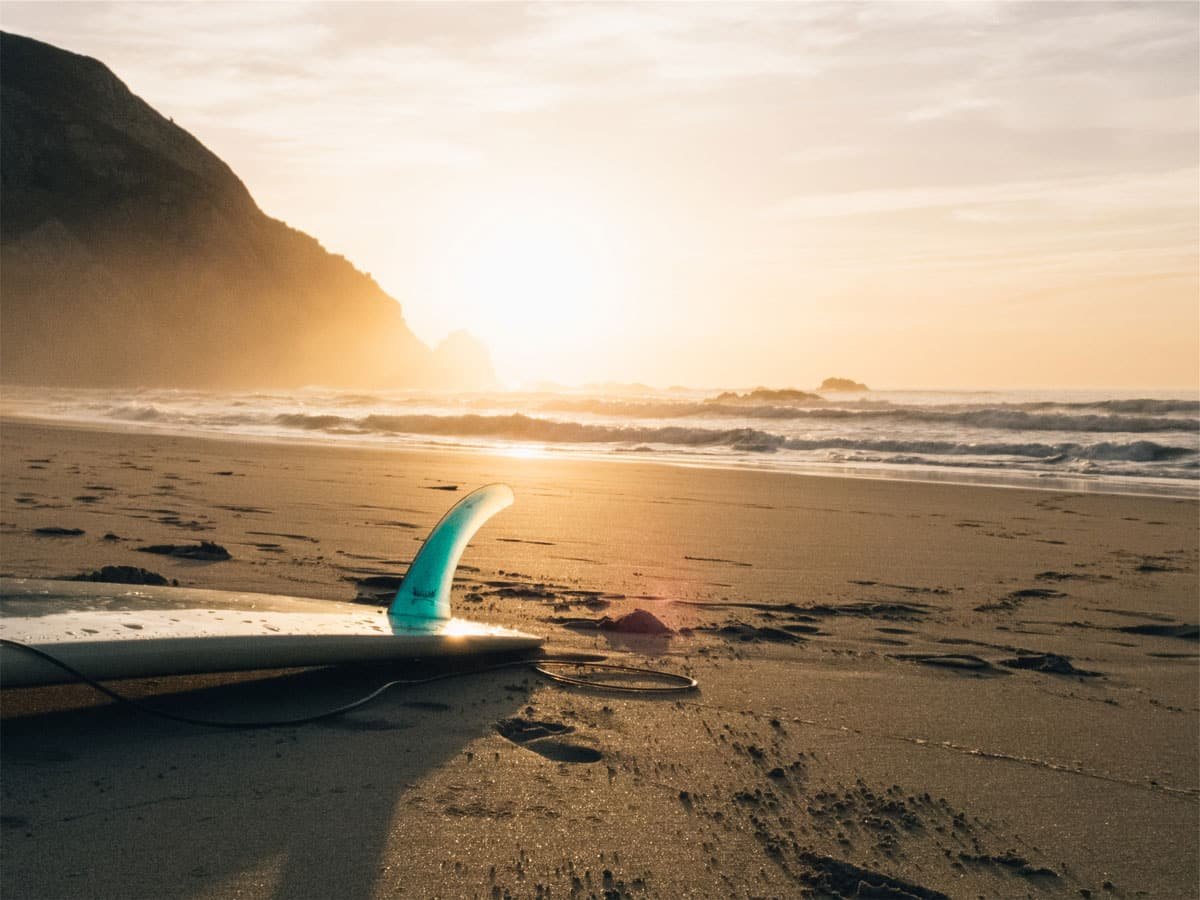When it comes to fly fishing, using the right fly can make all the difference. The key to success lies in accurately imitating the natural food sources available in a given fishing location. This requires understanding the local insect populations and their life cycles. Familiarize yourself with the six main categories of flies, from dry flies to streamers, and learn how to choose the most effective patterns for your fishing environment. By doing so, you'll increase your chances of landing a catch. To refine your skills and uncover the secrets of the most effective flies, explore the nuances of fly selection and discover the tried-and-true patterns that have proven themselves in the water.
Key Takeaways
- Understanding local insect populations is crucial for selecting the right fly that accurately imitates natural food sources.
- Six main categories of fly fishing flies exist, each designed to imitate specific life stages or food sources.
- Tried-and-true fly patterns like Stimulator, Hare's Ear, and Woolly Bugger have emerged across various fishing environments.
- A well-organized fly collection categorized by type and adapted to local insect populations is essential for effective fly fishing.
- Customizing fly patterns and regularly updating your collection helps stay effective in various fishing situations.
Choosing the Right Fly
When it comes to choosing the right fly, understanding the life cycle of insects and their availability in the fishing area is essential, as it allows anglers to select a fly that accurately imitates the natural food sources present in the water. This knowledge is vital in fly tying, as it enables anglers to create flies that closely resemble the insects found in the fishing area. Consulting local guides can also be beneficial, as they possess intimate knowledge of the local insect populations and can provide valuable insights on the best flies to use. By understanding the life cycle of insects and their availability, anglers can increase their chances of catching fish by using flies that closely mimic the natural food sources present in the water.
Types of Fly Fishing Flies
Within the vast array of fly fishing flies, six main categories emerge, each designed to imitate specific life stages or food sources that fish find irresistible. Dry flies represent adult aquatic insects and other food sources that have fallen into the water, while nymphs imitate young insects in their larval form that live in the water. Streamers, on the other hand, imitate baitfish, leeches, and crayfish, which are primary food sources for fish. Wet flies imitate aquatic insects as they swim to the surface, while salmon flies are designed to trigger an aggressive response in Pacific and Atlantic salmon as well as steelhead. Understanding these categories is essential for effective fly tying and adherence to fishing regulations. By recognizing the different types of fly fishing flies, anglers can make informed decisions about their tackle and increase their chances of landing a catch.
Effective Fly Patterns
Across various fishing environments, a selection of tried-and-true fly patterns has emerged, boasting a consistent track record of enticing fish and proving themselves as staples in many an angler's tackle box. These effective fly patterns are rooted in insect mimicry, with designs that closely resemble the natural insects found in the fishing environment. This mimicry is essential, as it triggers a response from the fish, increasing the chances of a successful catch.
| Fly Pattern | Description |
|---|---|
| Stimulator | Imitates adult stoneflies and other terrestrial insects |
| Hare's Ear | Mimics mayfly nymphs and other aquatic insects |
| Woolly Bugger | Imitates baitfish, leeches, and crayfish |
| Blue-Winged Olive | Represents adult mayflies and other aquatic insects |
The Basic Box Essentials
The Basic Box, a curated selection of fly patterns, provides an essential foundation for freshwater fishing, offering a versatile range of flies that can effectively catch fish in various environments. This collection of essential tools is perfect for beginners and seasoned anglers alike, as it covers the most common fishing scenarios.
Here are three essential fly patterns to include in your Basic Box:
- Dry Fly: Elk Hair Caddis, a versatile pattern that imitates a wide range of adult insects.
- Nymph: Hare's Ear, a classic pattern that imitates a variety of aquatic insects.
- Streamer: Woolly Bugger, a popular pattern that imitates baitfish and leeches.
These flies will provide a solid foundation for your fly fishing adventures, giving you the confidence to tackle a variety of fishing situations.
Building Your Fly Collection
As you expand your fly fishing skills and explore different fishing environments, it's natural to want to build a more extensive fly collection that can adapt to various fishing situations. Building your fly collection requires thoughtful organization and a personalized approach. Consider categorizing your flies by type, such as dry flies, nymphs, and streamers, and storing them in labeled compartments. This will help you quickly find the right fly for the job.
| Fly Organization | Personalized Flies |
|---|---|
| Categorize by type | Consider local insect populations |
| Store in labeled compartments | Experiment with custom fly patterns |
| Keep a "go-to" box | Consider seasonal variations |
| Rotate flies seasonally | Update your collection regularly |
Fly Fishing for Beginners
More than 90% of anglers begin their fly fishing journey with a sense of uncertainty, but with the right guidance, beginners can quickly develop the skills and confidence to catch their first fish. Finding a knowledgeable fishing mentor can make all the difference in accelerating the learning process. Understanding basic Fly Fishing Etiquette, such as respecting other anglers, taking turns, and handling fish gently, is crucial.
Three key takeaways for beginners:
- Start with the basics: Invest in quality gear and learn basic knots and casting techniques.
- Practice patience: Don't get discouraged by initial failures – every catch is a learning experience.
- Seek guidance: Find a fishing mentor or join a fly fishing community to learn from experienced anglers.
Understanding Fly Selection
In the world of fly fishing, selecting the right fly can make all the difference between a successful catch and a disappointing day on the water. Understanding fly selection is vital, especially when taking into account the vast array of fly fishing regions and local insect hatches. To choose the perfect fly, you must keep in mind the life cycle of insects and their availability in the fishing area.
| Fly Fishing Region | Common Insect Hatches |
|---|---|
| Western Rivers | Stoneflies, Caddisflies, Mayflies |
| Eastern Streams | Mayflies, Caddisflies, Midges |
| Mountain Lakes | Chironomids, Damselflies, Dragonflies |
| Coastal Areas | Baitfish, Crabs, Shrimp |
| Tropical Waters | Termites, Ants, Grasshoppers
Advanced Fly Fishing Techniques
Six advanced fly fishing techniques can elevate an angler's skills and increase their chances of landing the big catch. Mastering these techniques requires practice, patience, and a deep understanding of the water and its inhabitants.
To take your fly fishing to the next level, focus on:
- Fly Casting: Developing a smooth, consistent casting stroke is essential for presenting your fly naturally and accurately.
- Water Reading: Understanding the structure and currents of the water allows you to identify prime fishing spots and anticipate fish behavior.
- Tight Line Nymphing: This technique involves using a weighted fly and a tight line to detect even the lightest of bites.
Frequently Asked Questions
Can I Use the Same Fly for Both Freshwater and Saltwater Fishing?
When contemplating using the same fly for both freshwater and saltwater fishing, bear in mind that the fly material and its durability in varying fishing environments, as saltwater requires more resistant materials to withstand corrosive conditions.
How Often Should I Replace My Fly Fishing Flies?
As delicate as a mayfly's wings, yet resilient as a streamer's hook, fly fishing flies demand attention; inspect for wear, store properly, and clean regularly to maintain effectiveness, replacing them every 6-12 months or after 10-15 uses, depending on water conditions.
Are Handmade Flies Better Than Store-Bought Ones?
When considering handmade versus store-bought flies, fly tying enthusiasts argue that handmade flies offer superior material quality, a personal touch, and adherence to fishing ethics, while also being cost-effective, making them a preferred choice for many anglers.
Can I Use Dry Flies in Cloudy or Murky Water?
"In murky waters, a wise angler adapts, opting for flies that create a disturbance, such as streamers or nymphs, rather than relying on dry flies, which often require clear water and precise presentation to succeed."
Do I Need to Use a Specific Fly for Each Species of Fish?
When targeting specific species, understanding hatch timing and fish behavior is vital, as different species respond to unique fly patterns; however, a versatile fly selection can still be effective for multiple species, allowing for adaptability in changing fishing conditions.
Conclusion
The selection of a prime fly is essential in fly fishing, as it directly influences the likelihood of a successful catch. The understanding of insect life cycles and availability is essential in making informed fly choices. By recognizing the characteristics of various fly types, anglers can substantially enhance their chances of success. A well-rounded fly collection, including a 'Basic Box' of versatile flies, is indispensable for adapting to diverse freshwater fishing situations.

